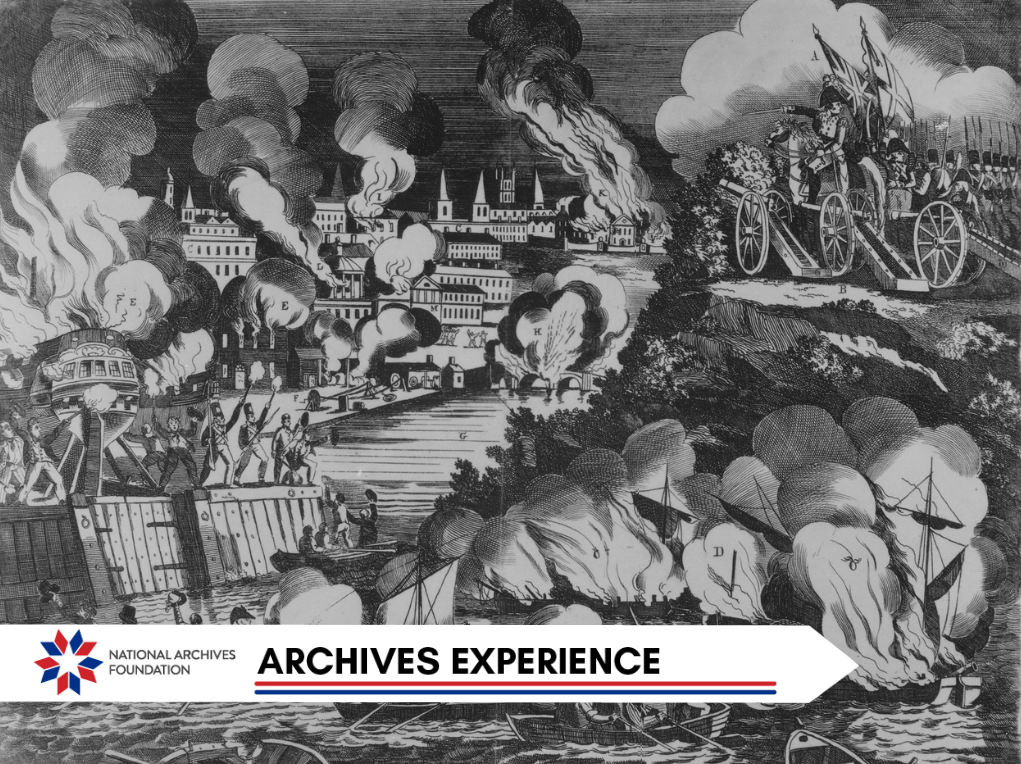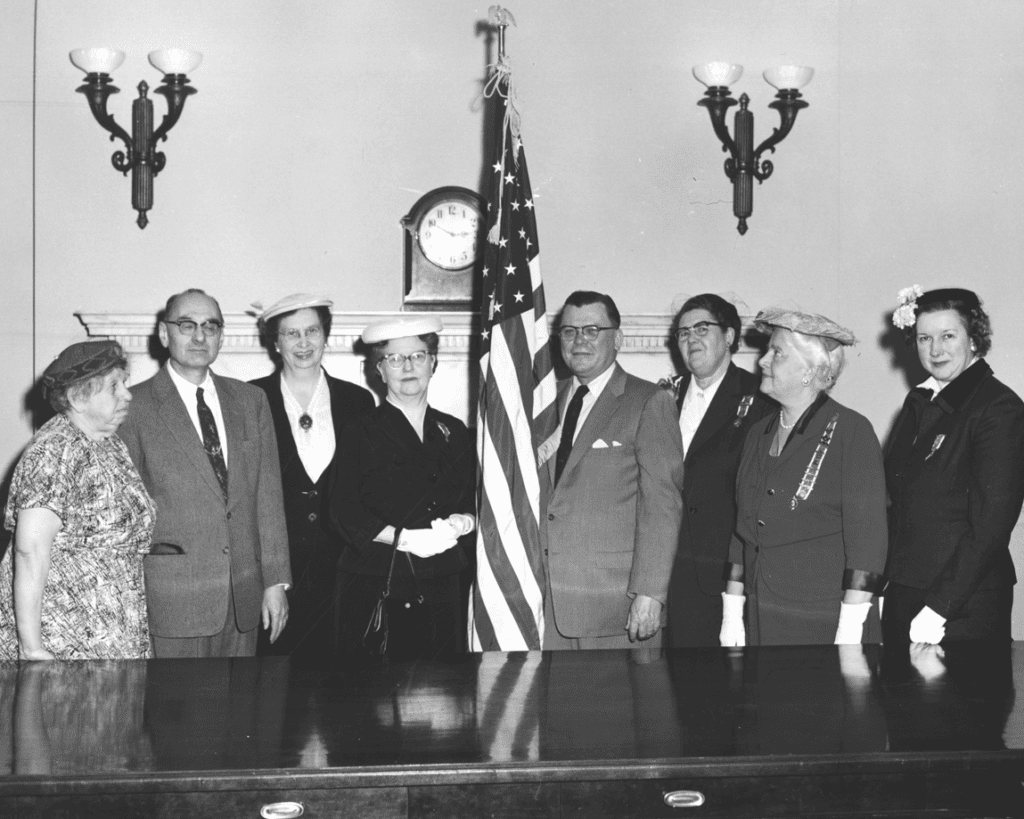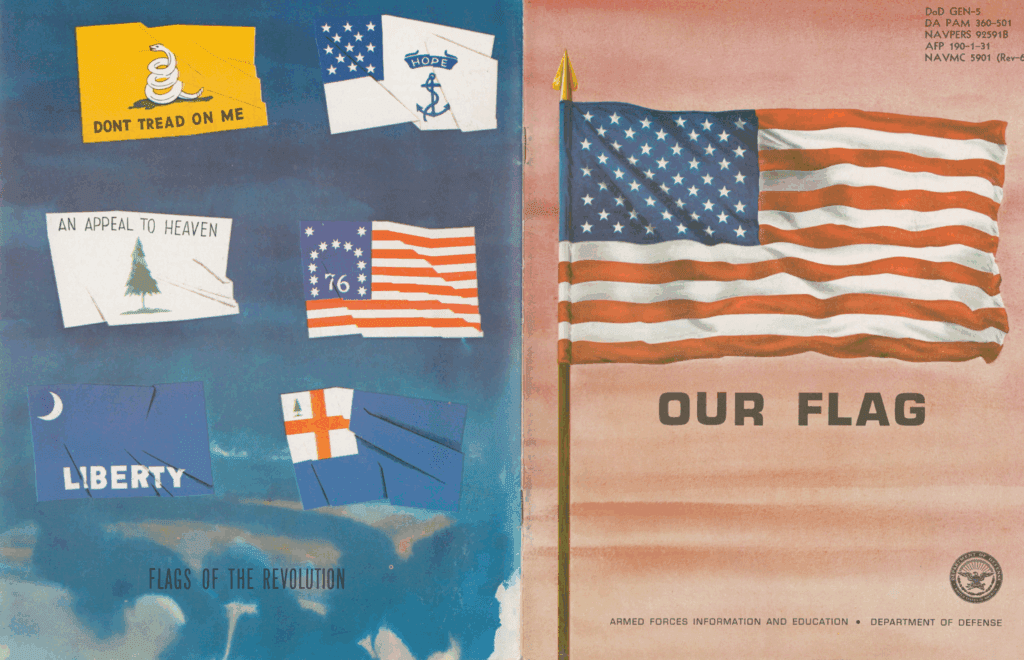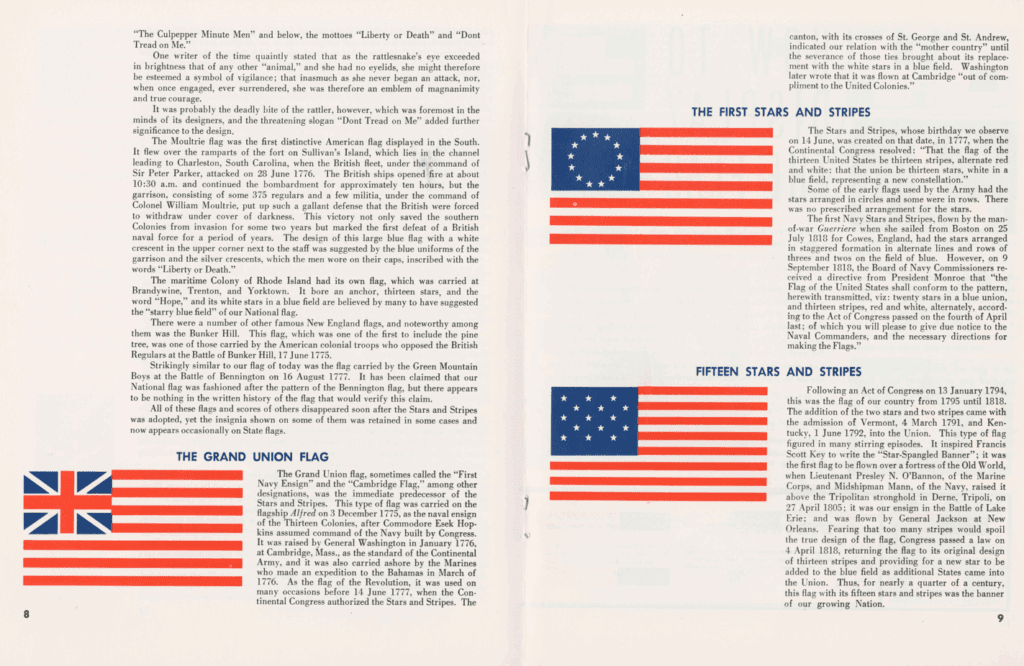Flags of the Revolution: The Evolution of Old Glory
The American Revolution was the awakening of a new nation—and it needed symbols that represented its fight for independence. While the modern Stars and Stripes is recognized around the world, and is particularly recognized every June 14 on Flag Day, the journey to that iconic banner started with the unfurling of flags designed to symbolize a break from the British monarchy. Let’s look at three flags in particular—the Liberty Tree Flag, the Grand Union Flag, and the Betsy Ross Flag—that played important roles in uniting the populace around a new national identity.
Liberty Tree Flag (1775)
The original Liberty Tree stood near Boston Common and was the site of the first organized protest against the Stamp Act in 1765. It was felled by the British in August 1775, fueling greater discontent. Other towns planted their own “Liberty Trees,” which became the sites of patriotic gatherings.

The Eastern white pine also became a symbol of resistance after King George III and the British Parliament prohibited colonists from chopping down white pine trees that were 12 inches or larger in diameter, even on their own land, because such trees were the king's property. The flag was originally flown by six colonial Navy ships commissioned by George Washington and adopted on October 21, 1775. Although not a national flag, it embodied the revolutionary spirit of the people before independence became a formal goal.
The Grand Union Flag: America’s First National Flag
As the Continental Congress began to organize the colonies’ military efforts, the need for a unifying symbol became urgent. On December 3, 1775, what became known as the Grand Union Flag was hoisted on the warship Alfred in Philadelphia by the father of the American Navy, John Paul Jones. It is then believed to have been raised on January 1, 1776, by the Continental Army in Cambridge, Massachusetts, under George Washington’s command.
Supposedly designed by Philadelphia milliner Margaret Manny, this flag featured 13 alternating red and white stripes representing the colonies, but in the canton (the upper left corner), she retained the British Union Jack. The Grand Union Flag suggested a desire for autonomy within the empire rather than outright separation.
While it may seem contradictory now, this flag captured the transitional nature of the American cause in the early days. It flew over American ships, forts, and encampments during a critical period when the colonies were defining themselves.
The Betsy Ross Flag: A Nation Declares Independence
By 1777, the break from Britain was official, and a new flag was needed. On June 14 of that year, the Continental Congress passed the Flag Resolution, declaring that the flag of the United States would feature 13 stars and 13 stripes, symbolizing the unity of the original colonies.
The Betsy Ross Flag, as it is popularly known, features 13 stars arranged in a circle, on a blue canton, with red and white stripes alternating across the field. The stars symbolize the eternal nature of the union, and the stripes continued to represent the 13 colonies. Although there’s no definitive proof that Betsy Ross herself designed or sewed the first version, her story has become a beloved part of American lore.
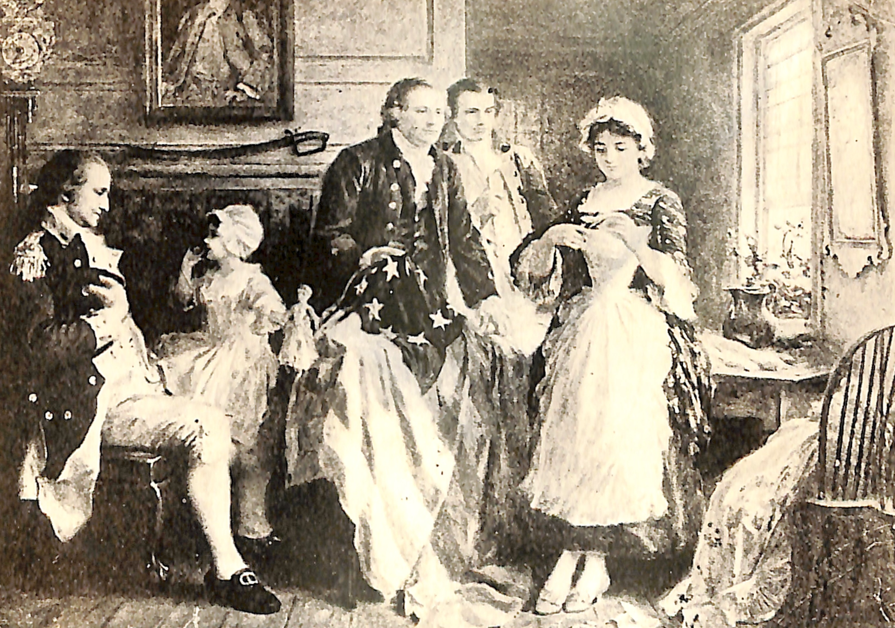
The making of the flag by Betsy Ross
Charles Thomson, in his 1782 report to Congress on the Great Seal of the United States, wrote "The colours of the pales are those used in the flag of the United States of America. White signifies purity and innocence. Red hardiness and valour and Blue the colour of the Chief signifies vigilance, perseverance and justice."
This flag marked a complete break from British visual motifs and was a bold statement: no more compromise, no more Union Jacks. It was the first true national flag of an independent America and still holds a special place in the hearts of our citizens.
The American Brand
Each flag of the American Revolution tells a different part of the story—from protest to unity to independence. The Liberty Tree Flag represents the first sparks of rebellion, while the Grand Union Flag captures the colonies’ early attempts to assert their rights while still remaining tied to Britain. And the Betsy Ross Flag embodies the birth of a new nation. Together, they represent individual threads woven into our shared American tapestry.
Related Content

Looking Back at America’s Milestone Birthdays
